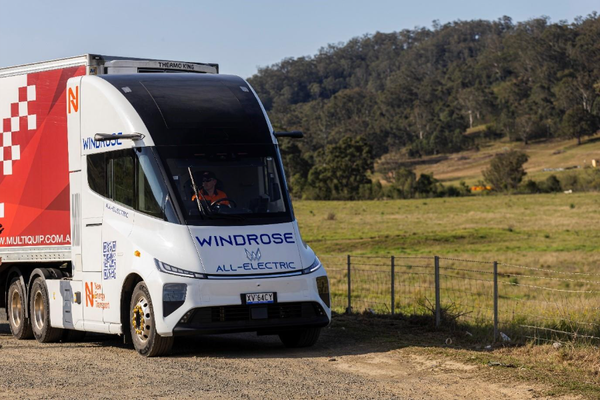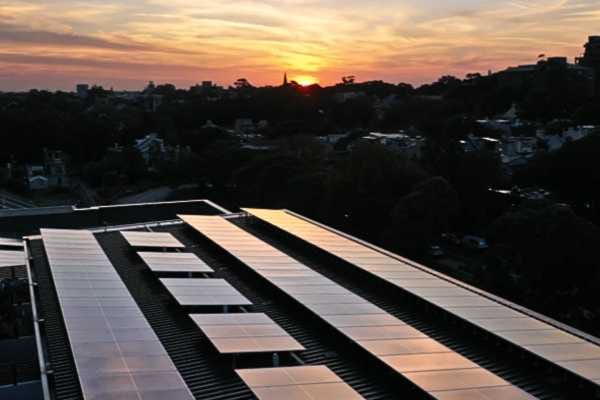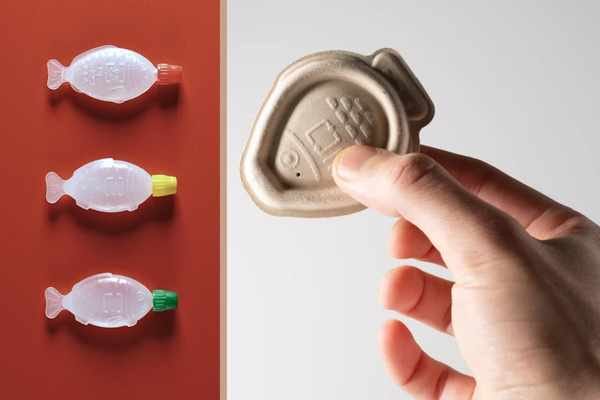Small treat, big footprint
Switching from plastic to paper-wrapped snacks is key to preserving waterways and wildlife say ocean researchers.
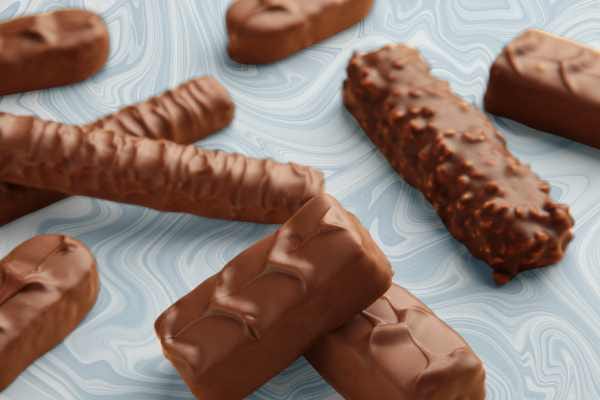
The little chocolate temptations sitting at the supermarket checkout come with a hidden cost to the natural world.
Their lightweight plastic wrapping is finding its way into waterways, researchers say, accounting for a large quantity of plastic pollution floating in harbours and ports.
In spite of industry guidelines urging food manufacturers to transition away from plastic packaging, this has not yet translated into strong action says Seabin Foundation – the not-for-profit arm of the Seabin Project, which deploys floating water-based seabins in marinas and harbours.
Seabin Foundation runs an Ocean Health Lab that studies nearshore region macro- and microplastics within Sydney Harbour. Ocean Health Lab researcher Arabella Condon says data from the lab showed that over 31,100 plastic branded food wrappers floated into Sydney Harbour Seabin catches in 2024.
Rubbish does not only get into the ocean through littering, but can also escape from bins and landfills, she adds.
"Chocolate wrappers can travel through rivers and waterways to end up in the ocean. We think the reason they are more common is simply because they are consumed more and have less biodegradable packaging."
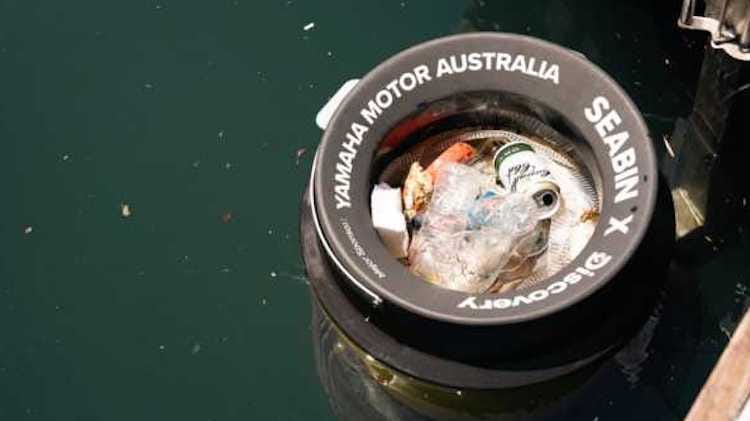
Australia’s 2025 National Packaging Targets were established in 2018 to help businesses transition towards a circular economy with the goal that 100% of packaging be reusable, recyclable or compostable by 2025.
However, it appears few chocolate makers are fully embracing the shift away from plastic.
“Despite growing consumer demand for sustainable packaging, major chocolate companies continue to rely on plastic wrappers that contribute to marine plastic pollution,” Condon wrote in a recent blog.
She noted, however, that a small but growing number of chocolate brands were shifting from plastic to recyclable paper wrappers in a bid to reduce environmental harm.
In 2021, Dutch company Tony’s Chocolonely announced the rollout of paper-based chocolate wrappers, beginning with its individually wrapped ‘Tiny Tony’s’ chocolates. To make the switch it deployed Guard Nature MS pouches made by packaging manufacturer Sappi. The pouches are a paper material that Tony’s says is able to resist temperature changes without a plastic barrier.
"Despite growing consumer demand for sustainable packaging, major chocolate companies continue to rely on plastic wrappers that contribute to marine plastic pollution."
Supermarket giant Coles switched its Own Brand chocolate range to paper in October 2023, which the retailer says removes over 1.5 million plastic wrappers from circulation annually.
While Mars, maker of the Mars Bar, Milky Way and Snickers, has also switched to paper wrappers for some of its popular treats, the manufacturer has retained a thin plastic lining which excludes it from kerbside recycling in some regions such as New Zealand.
In contrast, food giants Nestle and Cadbury, have sidestepped the paper packaging issue altogether, opting instead to pursue a recycled-plastic approach to select chocolate bar wrappers.
While this may seem like a reasonable compromise, Seabin Foundation argues that recycled plastic does not provide a long term solution.
“While yes, it is great to recycle and repurpose plastic, the more it is broken down into something new, the quality degrades over time until it’s unable to be formed into a new object, simply delaying its inevitable return to landfill,” it writes.
A global approach
A Global Plastic Treaty, which is currently being negotiated among 175 member countries, is striving to limit plastic pollution across the entire product lifecycle from production to disposal.
The next round of talks is set to take place in August this year in Geneva with the goal of finalising a legally binding treaty on issues that include setting limits on plastic production and regulating the chemicals used in plastics.
According to media reports, last November’s talks in South Korea led to a stalemate, highlighting strong divisions between countries advocating for stricter measures and those pushing for voluntary compliance.
"Only by tackling the full life cycle, as well as using circular approaches, can we ensure that plastic pollution stays out of our oceans, our soils, and our bodies . . . This means a complete rethink of how we design, make, use and reuse plastics."
The UN Environment Programme (UNEP) has launched a Global Plastics Hub to act as a central resource for data, solutions and support as countries prepare to resume treaty negotiations.
UNEP executive director Inger Andersen said last week: “Ending plastic pollution is clearly a human health, planetary health, economic health and business health imperative.
“Only by tackling the full life cycle, as well as using circular approaches, can we ensure that plastic pollution stays out of our oceans, our soils, and our bodies . . . This means a complete rethink of how we design, make, use and reuse plastics.”
Seabins were created to capture floating marine litter in marinas and harbours from the water's surface. Each seabin is capable of holding up to 20kgs and is equipped with a filtration system to collect waste while allowing clean water to pass through, which aims to reduce its environmental impact. The company says Seabins are increasingly being deployed in plastic pollution hotspots in major cities, allowing environmental technicians to take samples of captured plastic. Marine scientists and data analysts then process the data to monitor and report on pollution trends.


